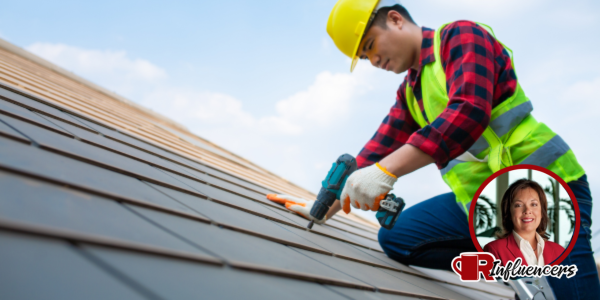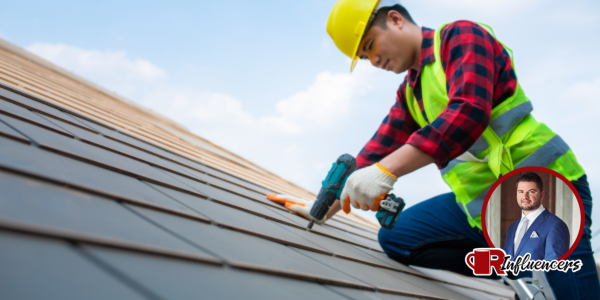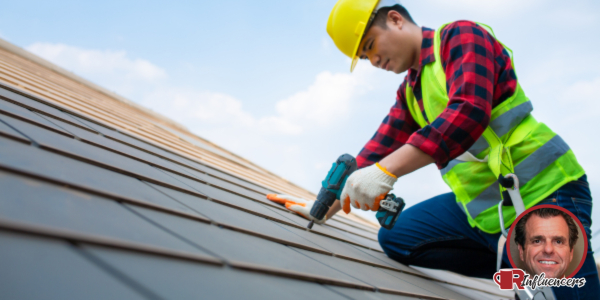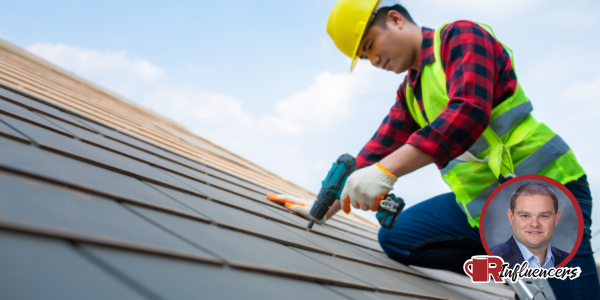Best practices for fall protection training in roofing

RCS Influencer Tammy Hall says following these six best practices ensures a safer work environment where everyone can go home safely to their families.
1 - Hazard assessment – safety plan:
Before any job begins, a member of our safety team conducts a thorough hazard assessment of the job site. This involves identifying all potential fall hazards, such as skylights, unguarded edges and roof slopes. The assessment ensures that our training addresses the specific risks workers will encounter on each site. A comprehensive safety plan is prepared for each project and copies provided to everyone who will be onsite.
2 - Tailored training programs:
Our training is customized to focus on the specific types of fall protection equipment used in roofing, such as guardrails and personal fall arrest systems (PFAS). Hands-on training is a critical component, ensuring that workers are proficient in both the use and maintenance of their equipment.
3 - Use of qualified trainers:
CFS employs qualified trainers who are experienced and knowledgeable in fall protection. We also incorporate guest trainers with advanced expertise to enrich the training experience. Our trainers guide workers through safety processes and provide them with the tools on how to take corrective actions if unsafe conditions are observed while on a jobsite.
4 - Emphasis on rescue plans:
Our fall protection training also includes a focus on rescue procedures. It is vital that all team members know how to respond in the event of a fall, including the proper use of rescue equipment and the importance of acting quickly to prevent suspension trauma.
5 - Regular refresher training:
Safety training is not a one-time event at CFS. We conduct regular refresher courses throughout the year to reinforce safety practices and update workers on any new equipment or procedures. This continuous learning approach helps keep safety top of mind.
6 - Onsite safety visits:
Our safety team conducts onsite visits throughout the job to ensure that safety plans are being followed and that the necessary safety equipment is onsite and properly used. If any safety protocols are not being adhered to, our safety team has full authority to take immediate corrective action. We also document any infractions for our internal records and inform managers to ensure crews are updated on their training.
By following these best practices, CFS significantly reduces the risk of falls, ensuring a safer work environment where everyone can go home safely to their families.
Tammy Hall is the director of marketing and service division for CFS Roofing Services LLC. See her full bio here.
-2025-xtv-mls-tour-2.png)





















Comments
Leave a Reply
Have an account? Login to leave a comment!
Sign In